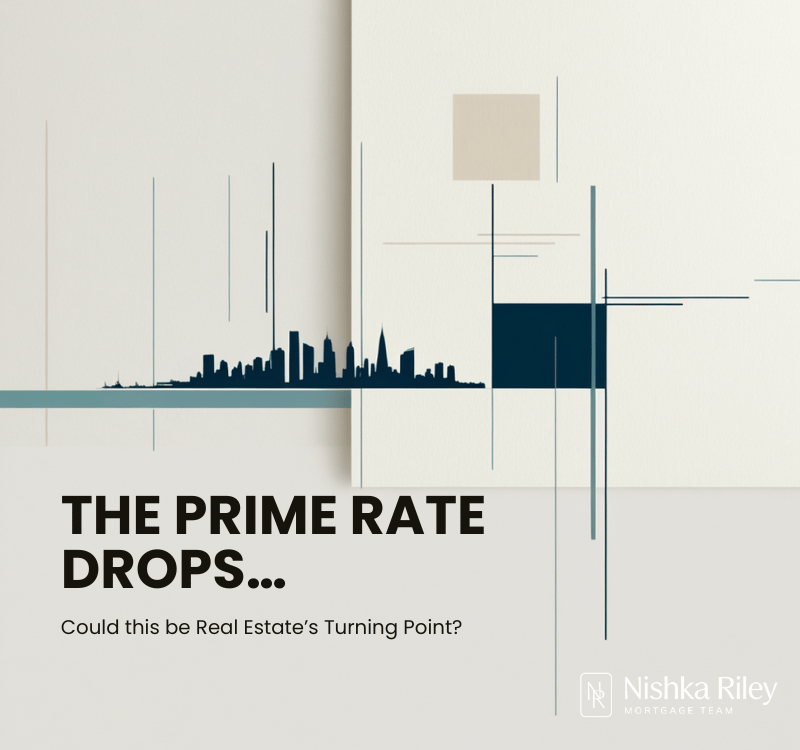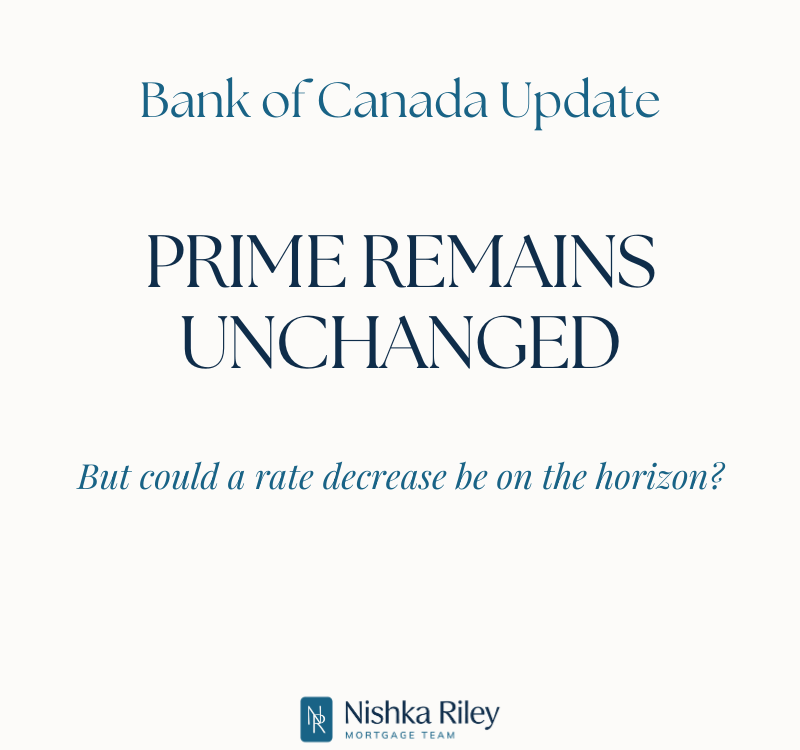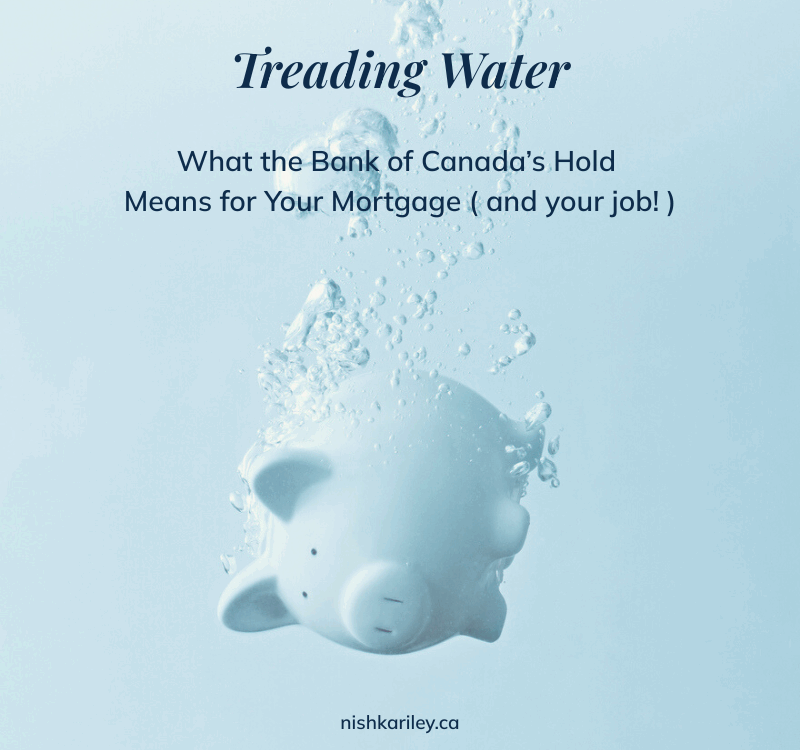
The Path To Lower Rates: Steep Descent or Gradual Slope?
July 24, 2024
Looking For Direction…
October 23, 2024September 4th, 2024
The Bank of Canada finished up the most perfect Vancouver summer with a 0.25% rate decrease this morning. Could it get any better? I would say the best is yet to come!
Here is a quick summary of what’s on Governor Tiff Macklem’s mind and what that looks like for rates.
The Good News – Why Tiff Cut Rates:
- Inflation came in at 2.5% and continues to head in the right direction
- The Consumer Price Index is growing at 3%, which is within its historical norm.
- Housing costs are starting to slow, which should accelerate now that rates are dropping.
The Obstacles – Why Tiff is Taking Baby Steps:
- Government spending continues to counteract Tiff’s efforts
- Given the weakness in the labour market, wages are growing faster than they should.
- The USA has yet to cut their prime rate this year.
- Immigration continues to put a strain on the economy.
What We Are Seeing In The Real Estate Market:
In my last update, I talked about the 5 trends I’m seeing in real estate in North Vancouver/Vancouver and Squamish. In follow up to my comments, we are starting to see the very early signs of the market turning. In the past month, we have seen applications/inquiries continue to increase ( a leading indicator of buyers coming to market ). We’ve started to see a shorter time period between listing and having an accepted offer in the condo/townhome segment of the market. As more rate cuts come, I expect we’ll see the volume of buyers coming to market increase and the prices starting to increase. For now it seems like everyone has been enjoying the summer, so let’s see what the fall brings!
When are rates going to start moving down?
They already have! Over the past year rates for the 3 to 5 year terms have come down by 1%.
The real question is, when will the pace accelerate?
For that to happen, Tiff would need to see signs of a recession coming, and according to economist David Rosenberg, there is one on the way. Using an economic model based on prominent advanced warning signs, Rosenberg says that 45% of the recession indicators have been triggered. Since 1999, when that level of indicators has been triggered, a recession has occurred.
So what does that mean for fixed rates?
If we saw a recession, Tiff could reduce the prime rate much faster, possibly 0.5% per meeting. A recession would also lower bond yields as investors rotated from stocks to bonds. The result would be a cheaper cost of money for the banks, leading to lower mortgage rates.
When could all this unfold? Looking at the chart below, it could take two to four months before it’s clear we are in a recession. Until then, our bond market is tied to the US economy. Let’s hope the September 18th Federal Reserve meeting brings a rate cut of 0.5% and signs that their economy is cooling faster than desired.

With the above in mind, we still expect fixed rates to continue their gradual decline, with a pause until September 18th.
If you have a mortgage approaching maturity or are considering making a move, click here to schedule a discovery call. In this market, a bit of planning could reap significant economic benefits.

The next Bank of Canada meeting is October 23rd, 2024
Did you Like this post? Follow me on Instagram or Facebook! My feed is filled with current news and where I share my ideas on how to get where you want to go in real estate.




